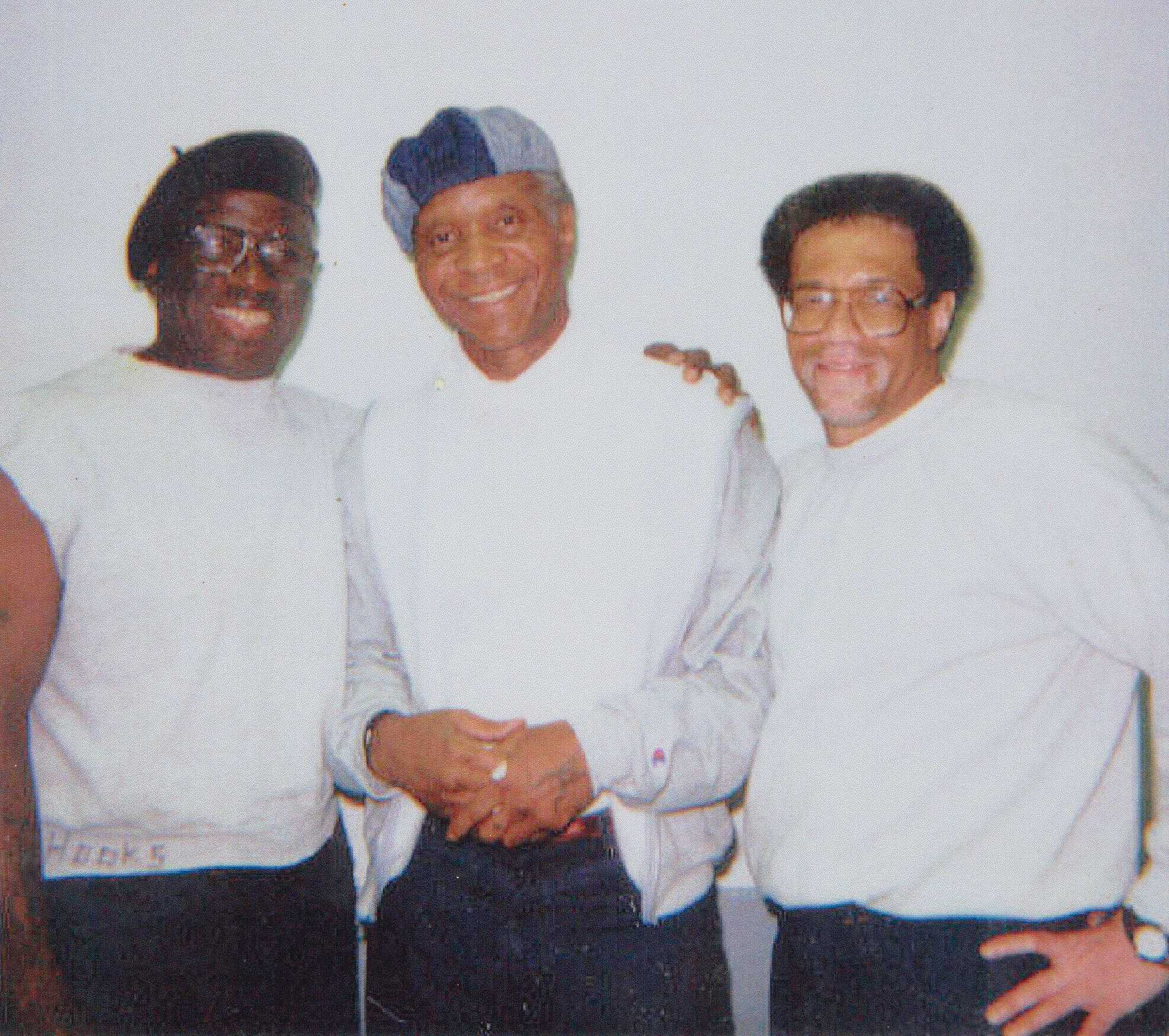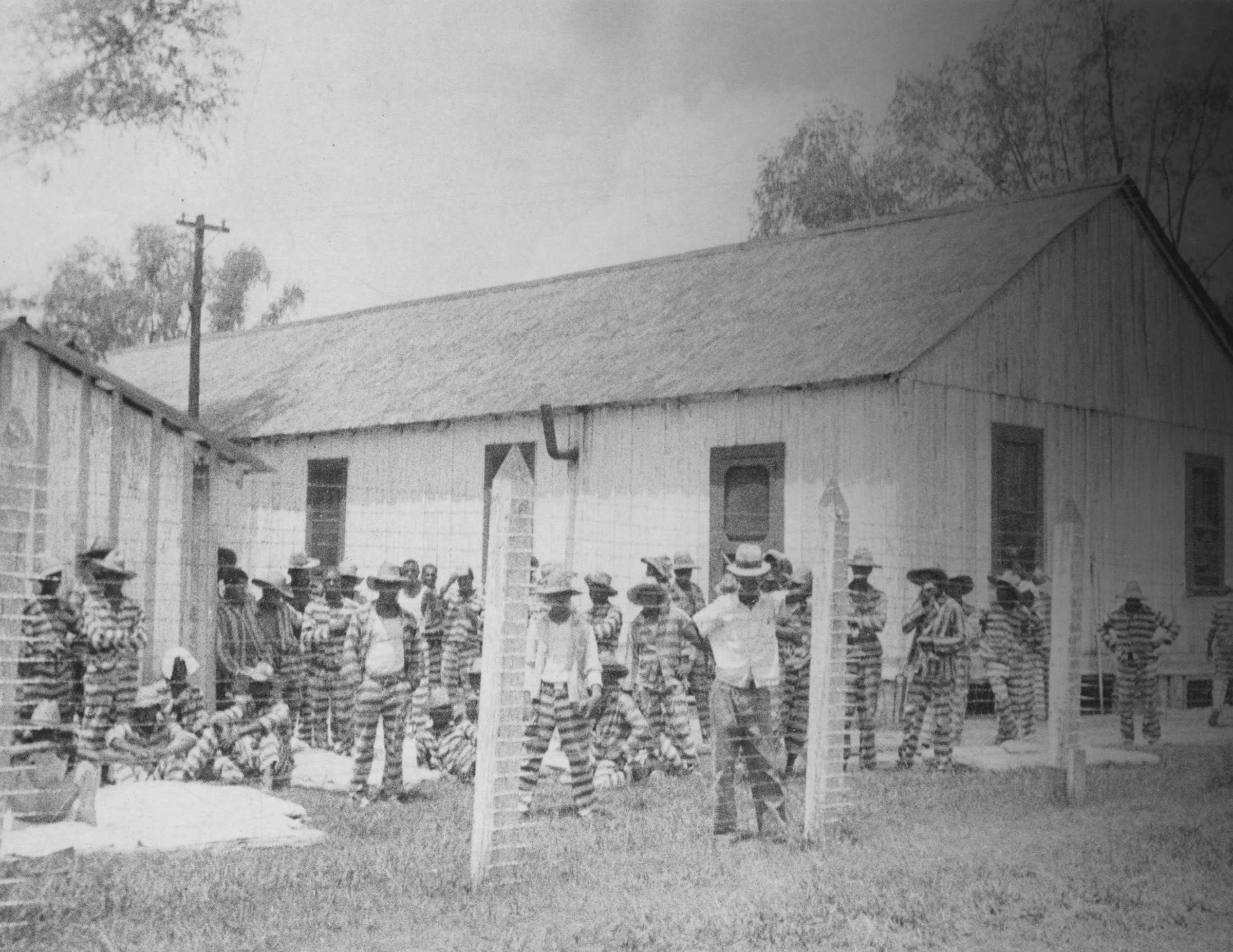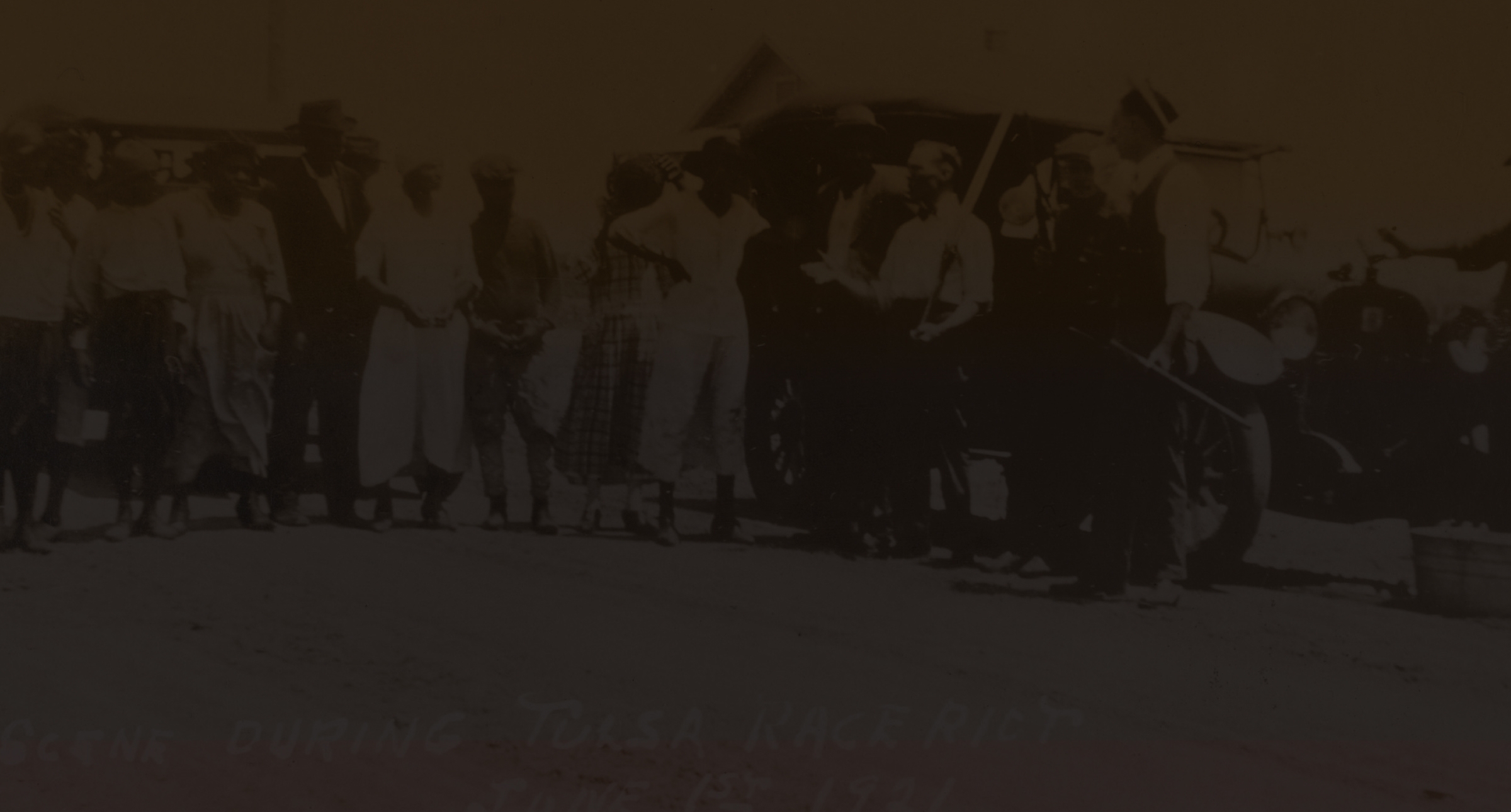
Chapter 4
Hardening of Racial Separation
Segregation placed severe restrictions on African American life. Though legal throughout the South, segregation was also widespread in the North, most notably through restrictive housing covenants. While segregation laws controlled access to public spaces, restrictive covenants determined where African Americans could live.
Justice for African Americans was impeded by unfair and violent practices of convict leasing and lynching. Convict leasing forced African Americans into systems of unpaid labor. Lynchings and race riots made violence and terror an inescapable part of African American life.
Slavery’s Long Shadow
Prisoners leased at harvest time, Florida, ca. 1910
After the Civil War, Black Codes and other discriminatory laws made it easy for local officials to arrest African Americans and other poor residents for minor infractions. Convict leasing, in which state-controlled prisoners were leased to private employers, substituted for slavery as a system of forced labor. The use of incarceration to control African Americans and exploit their labor created one of slavery’s most enduring legacies.
The Convict Labor System
Road-building chain gang, Florida, 1925
Once incarcerated, prisoners were leased as laborers by the state or prison owner. Convicts constructed roads, erected levees, worked in factories, built railroads, grew cotton, and made turpentine. In some states, convict labor was a major source of revenue. For convicts, poor living conditions, hard labor, and harsh treatment by guards were the norm. Parchman Farm in Mississippi and Angola in Louisiana were the most notorious of these prisons.
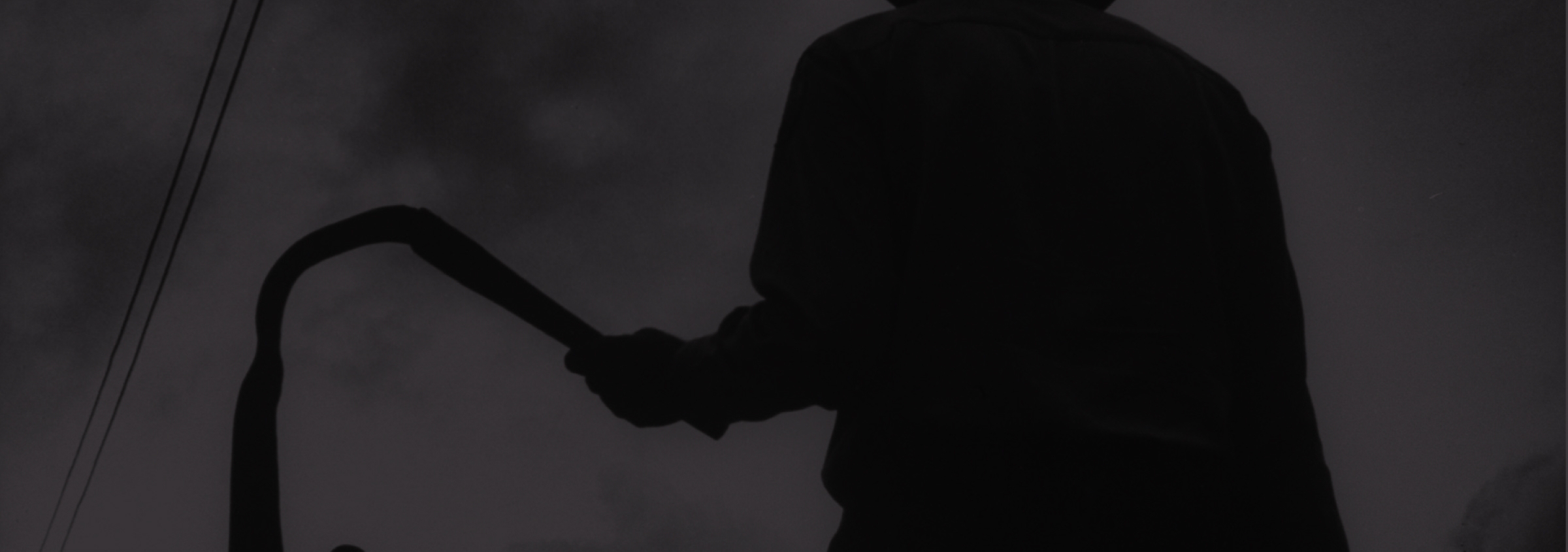
The Convict Lease System and Lynch Law are twin infamies which flourish hand in hand in many of the United States. They are the two great outgrowths and results of the class legislation under which our people suffer to-day.
Frederick Douglass and Ida B. Wells, 1893
Featured Constellation
Chattahoochee Brick Company
The Chattahoochee Brick Company was founded in Georgia in 1885. Relying heavily on convict labor, the company’s grueling working conditions resulted in high mortality rates among workers, many of whom were African American.
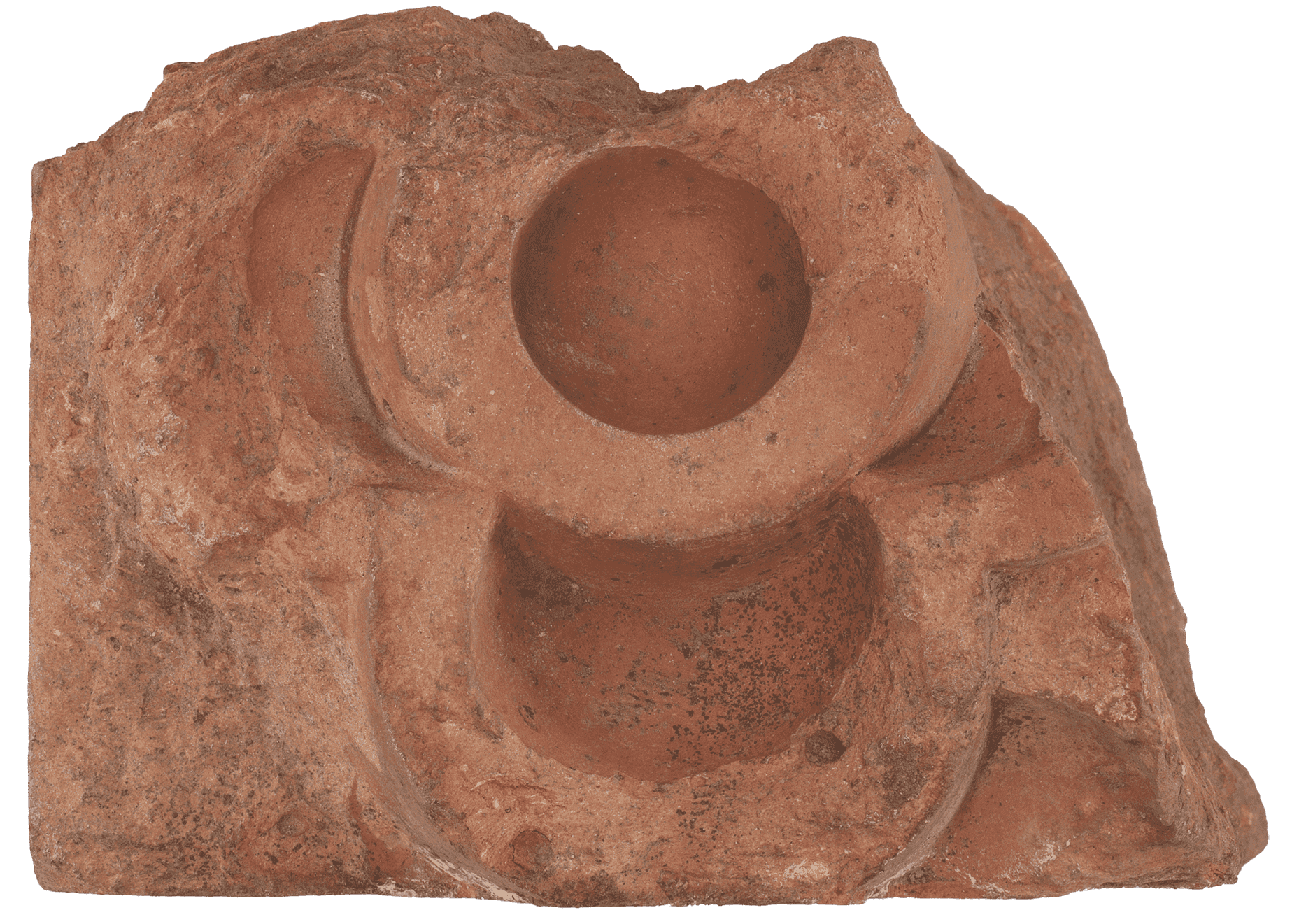
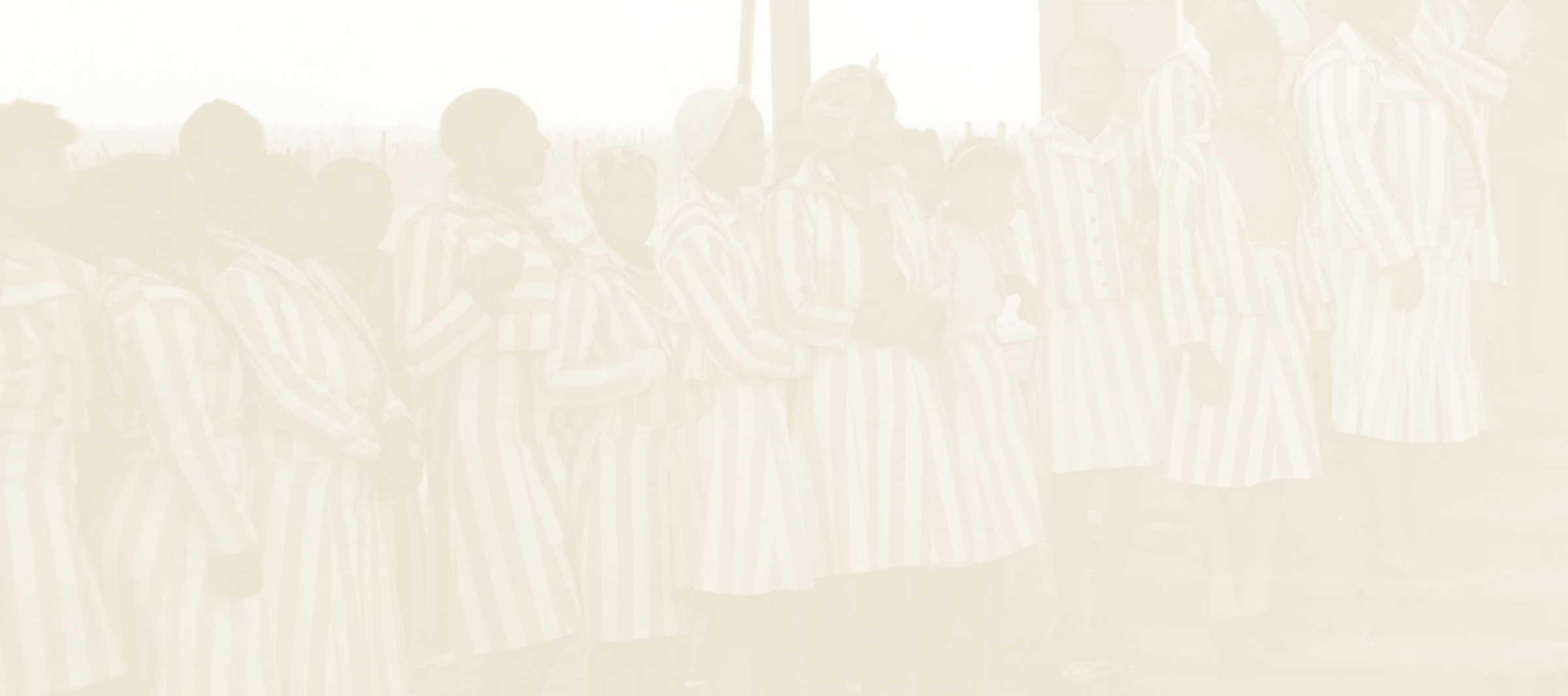
Mississippi State Penitentiary
Female prisoners at Parchman
In 1900, Mississippi began buying additional land for its prison system. One large parcel of land belonged to J. M. Parchman, whose 18,000 acres were viewed by Mississippi governor James K. Vardaman as a solution to the problem of “criminal negroes.” J. M. Parchman became the first warden at the Mississippi State Penitentiary at Parchman, where living and working conditions were difficult and corporal punishment was the norm. Prisoners—nearly 75 percent of whom were Black—were leased to businesses needing labor. Many of those prisoners had been sentenced under laws designed to increase the prison population.
Convicts built and graded many roads in the South. Guards ensured that the convicts were productive and did not escape.
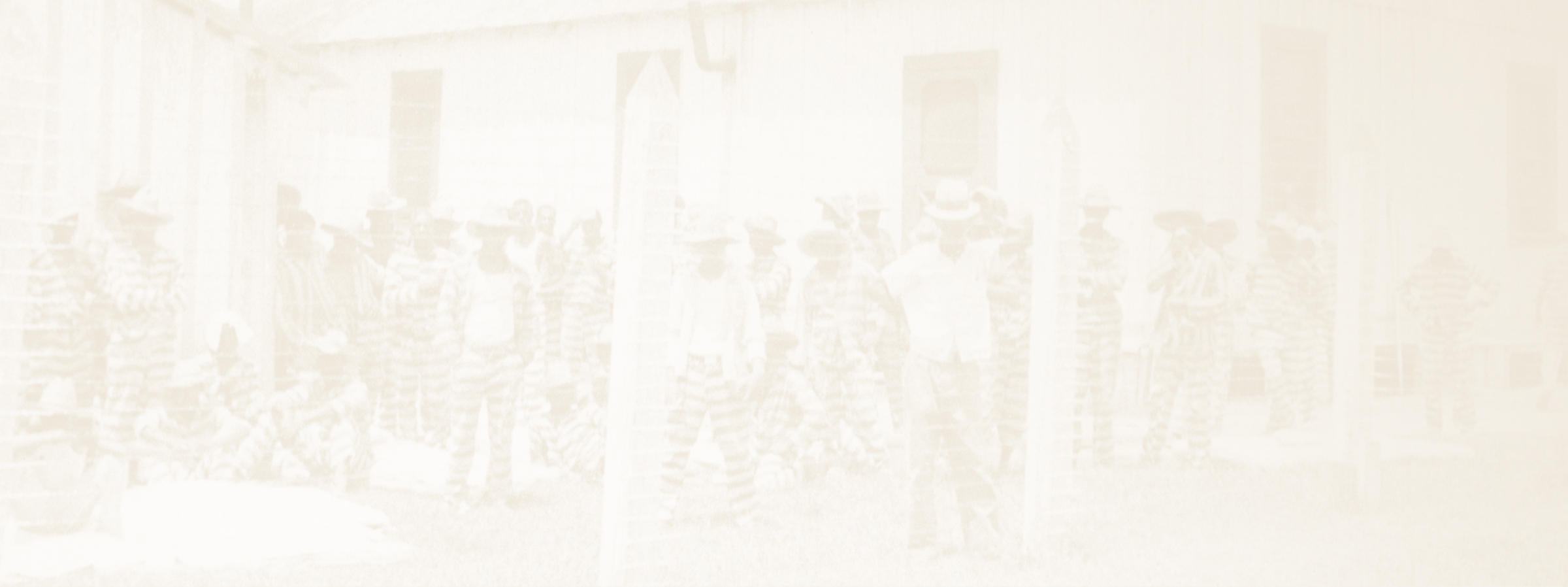
Louisiana State Penitentiary
Angola inmates, including blues singer Leadbelly, 1934
Louisiana State Penitentiary, also known as Angola, was initially a plantation. It then became a privately run prison that leased convict labor, mainly for levee construction along the Mississippi River. In 1901, the state of Louisiana took over the penitentiary, whose prison cells are still located in old slave quarters. By the 1960s Angola was known as "the bloodiest prison in the South" because of the number of inmate assaults. Reforms have improved conditions in the years since.
Surveillance at Angola
Angola prison guard with bullwhip
Guard tower from Angola prison
A guard tower on the grounds of Angola prison
Inmates at Angola are kept under constant surveillance. Built in the 1930s and 1940s, the towers helped guards watch prisoners and prevent escapes. From its elevated platform—21 feet high—guards watched over Camp H at Angola.
Related Exhibition
Mass Incarceration and the 13th Amendment
The 13th Amendment abolished slavery in 1865—except when someone is convicted of a crime. Today, the United States has the largest incarcerated population in the world. Two-thirds of those in prison are people of color.
